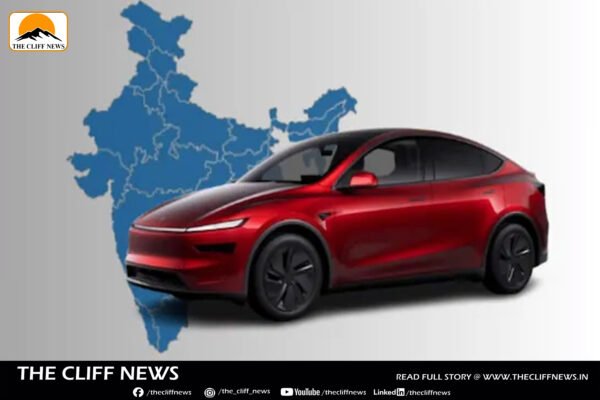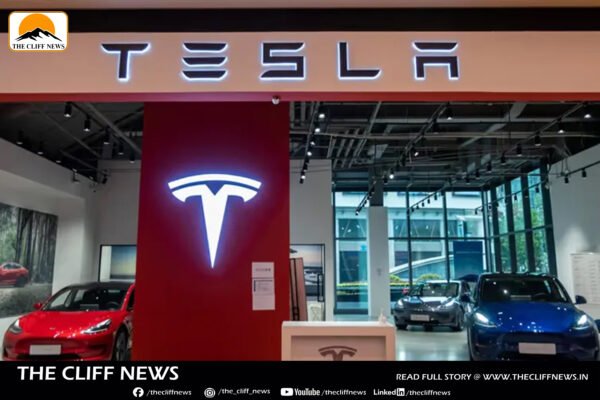Indian Army Inducts First Batch of Apache Attack Helicopters, Deployment at Jodhpur Soon
In a major boost to its offensive air capabilities, the Indian Army has received the first batch of AH-64E Apache attack helicopters, which will soon be deployed at a key base in Jodhpur, Rajasthan. The delivery marks a significant milestone for Army Aviation and enhances India’s preparedness in the region. Taking to social media, the Indian Army stated: “Indian Army inducts #Apache. Milestone moment for Indian Army as the first batch of Apache helicopters for Army Aviation arrive today in India. These state-of-the-art platforms will bolster the operational capabilities of the #IndianArmy significantly.” The arrival comes after a 15-month delay, with the push for expedited delivery being reinforced by Defence Minister Rajnath Singh in recent discussions with US Secretary of Defence Pete Hegseth, according to The Indian Express. India had signed a $600 million deal in 2020 with the US to acquire six additional Apaches for the Indian Army, following a 2015 agreement to supply 22 Apaches to the Indian Air Force. Apache AH-64E: A Battlefield Game-Changer Manufactured by Boeing, the AH-64E Apache is one of the most advanced attack helicopters globally, capable of high-precision strikes in complex combat environments. Key features include: The Apache is already in service with several top militaries, including the US, UK, Israel, and Egypt. With the latest induction, the Indian Army significantly strengthens its tactical air support and anti-armour capabilities, particularly along critical frontiers.









